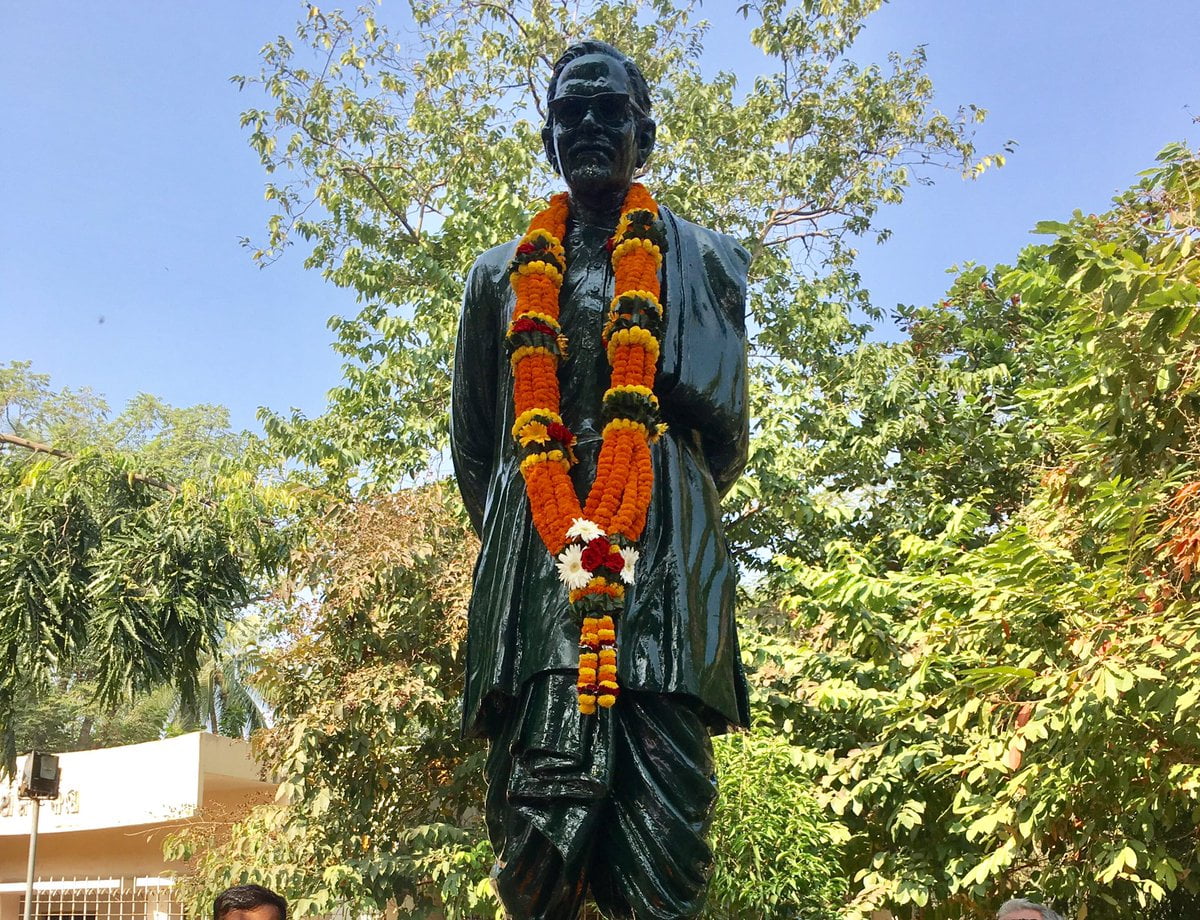Odisha Pays Tribute To Former CM Nabakrushna Choudhury On His 117th Birth Anniversary

Bhubaneswar: Chief Minister Naveen Patnaik, on Friday tweeted, paying tribute to former chief minister of Odisha Nabakrushna Choudhury on his 117th birth anniversary.
ବିଶିଷ୍ଟ ସ୍ଵାଧୀନତା ସଂଗ୍ରାମୀ ତଥା ପୂର୍ବତନ ମୁଖ୍ୟମନ୍ତ୍ରୀ ନବକୃଷ୍ଣ ଚୌଧୁରୀଙ୍କ ଜୟନ୍ତୀରେ ଶ୍ରଦ୍ଧାଞ୍ଜଳି। ଓଡ଼ିଆ ଭାଷାର ପ୍ରସାର ସହିତ ତୃଣମୂଳସ୍ତରରୁ ଲୋକଙ୍କ ଉନ୍ନତି ପାଇଁ ତାଙ୍କ ପଦକ୍ଷେପ ସର୍ବଦା ଅନୁକରଣୀୟ।
Tributes to freedom fighter & former CM Nabakrushna Choudhury on his birth anniversary. pic.twitter.com/RXNKRpeius
— Naveen Patnaik (@Naveen_Odisha) November 23, 2018
Here’s all you need to know about the former chief minister, who served Odisha from 1950 to 1956.
He was born to advocate Gokulananda Choudhury in a landlord family of Kherasa village near Jagatsinghpur district on November 23, 1901. As a kid, Nabakrushna was very fond of games and sports. When his father noticed his inclination towards sports, he arranged a tutor for him so that he could focus on studies. He studied at Peary Mohan Academy and completed his studies. He gave his matriculation exam at the age 14.
All members of his family were freedom fighters. When he was pursuing his graduation at Ravenshaw College, the non-cooperation movement picked up. He left his studies to devote time to the freedom struggle and took part of in the movement with sheer determination.
In 1922, he trained at Sabarmati Aashram and learnt the art of spinning and weaving that had stopped in Odisha completely. He worked under Mahatama Gandhi and within 10 months, mastered it. On his return, he tried to set up Gandhian constructive programmes in Odisha, which saw severe opposition from his family and the society.
Eventually, in 1925, he got back to studies and joined Shantiniketan (in Bolpur, West Bengal) to complete his graduation. There, he met Malati Choudhury, who he got married to later. Once done with his education, he bounced back to the freedom struggle and was imprisoned in 1930, 1932, 1940 and 1942 for being a part of salt violation law-disobedience revolution and Garhjat revolution to name a few.
Odisha, by then, was a full-fledged state. In 1950, on May 12, he took over as the chief minister. He played a significant role in establishing the Rourkela Steel Plant and the Hirakud Dam.
Under his regime, an agriculture college and a veterinary college were established in Odisha. One of his important contribution to the state was making ‘Administrative Dictionary’ official. His work as a chief minister was focused on uplifting the standard of living of people and bringing about a change, including eradication of corruption.
Anchal Shasan, a Community Development Programme initiative, was turned into reality by him. It was launched in Odisha on October 2, 1952. In 1957, he participated in the ‘Sampurna Kranti Andolana’ under the leadership of Jayaprakash Narayan.
Known as an honest man with strict principles of integrity, he breathed his last on June 24, 1984, at Baji Rout hostel, Dhenkanal.

Comments are closed.